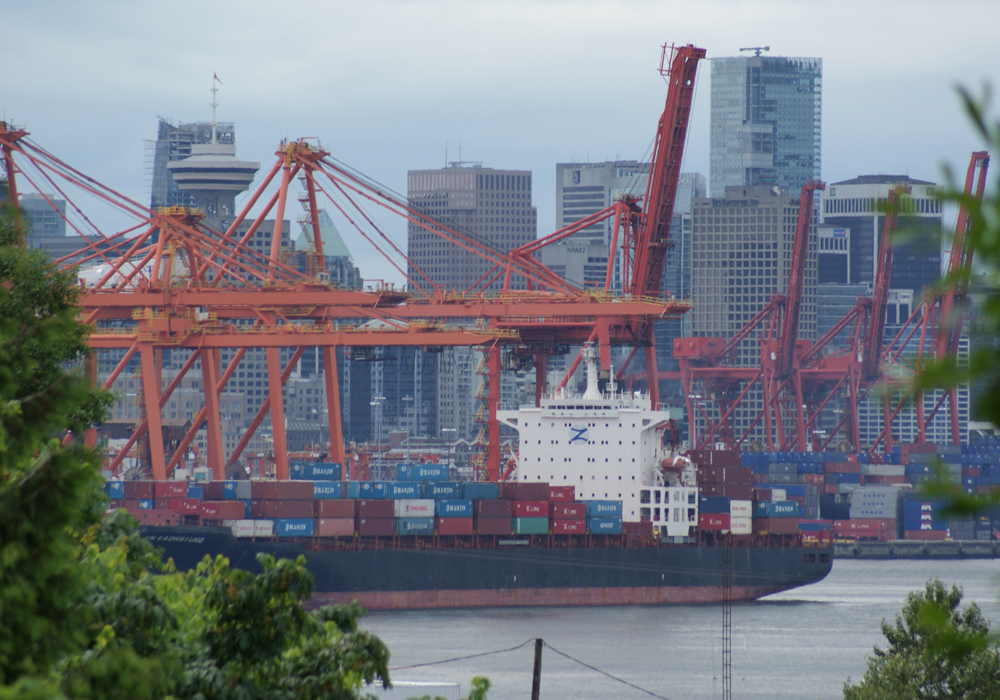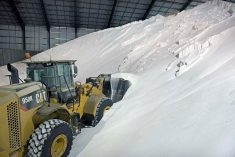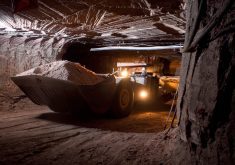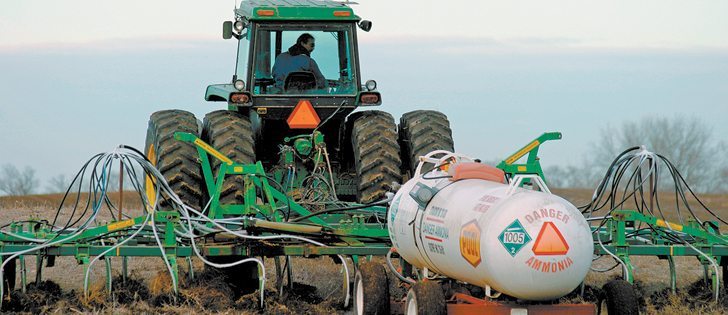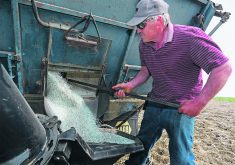Canada’s governments must re-examine their approaches to development if this country is to capitalize on the global economic transformation emerging from the pandemic, the shift to a greener economy and geopolitics.
The shortcomings of globalism, just in time delivery, long supply chains and offshore manufacturing have been revealed.
Don’t get me wrong. Free trade and international markets are still critically important, but it is also clear that when we rely too much on other countries to supply strategically important goods and raw materials, we open ourselves to dangerous supply disruptions.
Read Also
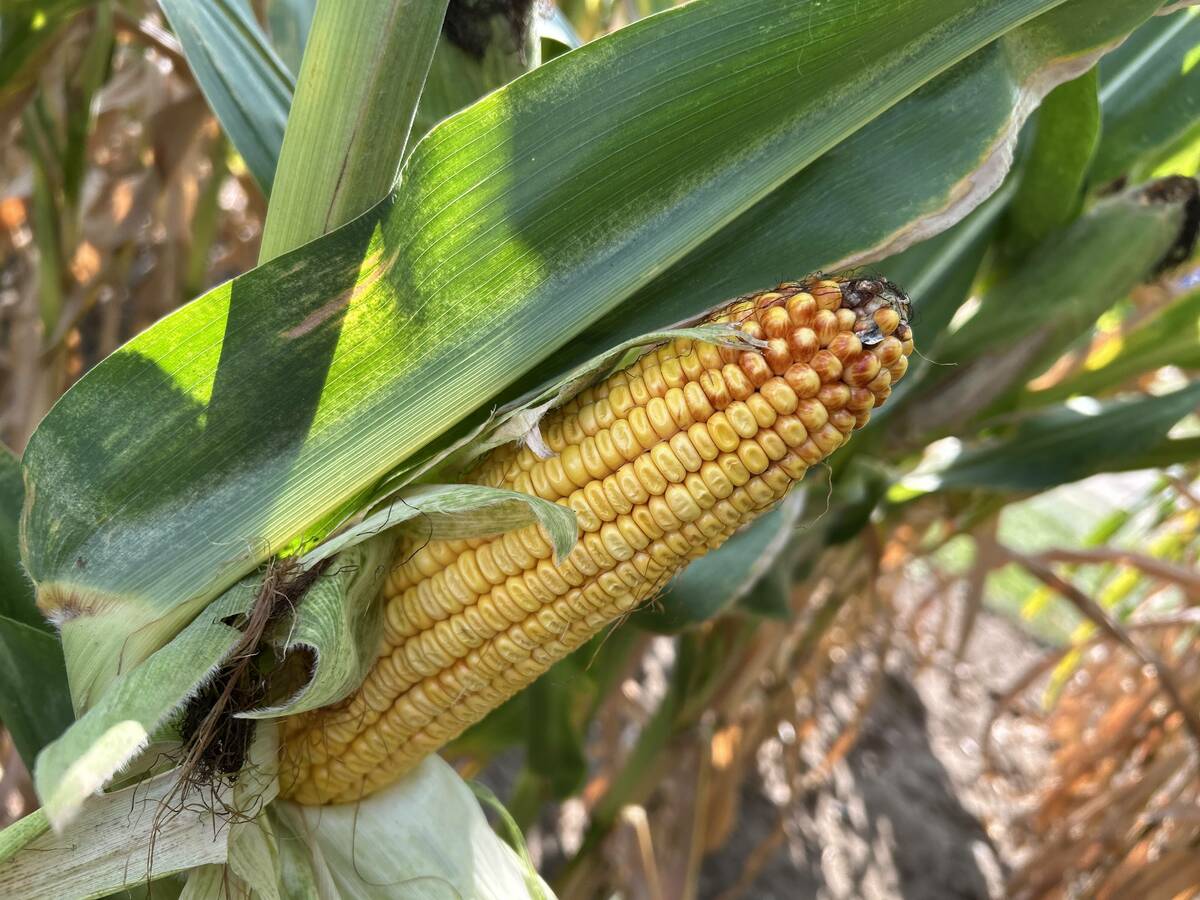
Crop estimates show mixed results
Model-based estimates used by Statistics Canada showed the 2025/26 crop year has seen increases in canola, corn for grain, oats and lentils production while seeing dips in spring wheat, durum wheat, soybeans and barley in comparison to 2024/25.
For example, Russia’s invasion of Ukraine has exposed Europe’s over reliance on Russian gas and oil.
The global auto industry’s massive shift to electric vehicles has exposed an over reliance on the few sources of critical inputs such as cobalt and lithium. Not only are these inputs currently available from only a few places, Chinese corporations dominate the ownership.
Russia’s vicious attacks on Ukraine have made it a pariah that few want to trade with, even though it has desirable natural resources.
And China might still export vast quantities of goods, but its increasingly belligerent global stance has many countries thinking that when it comes to strategic goods and inputs, they need domestic production or at least supplies from allied, friendly countries.
When I look at these trends, I see opportunities for Canada. This country has vast resources in food, energy and minerals that can be further developed for use at home and abroad. It also has a highly educated population, sophisticated banking system, democracy and an adherence to the rule of law necessary for a flourishing economy.
But even with these advantages Canada under achieves.
A recent Organization for Economic Co-operation and Development report showed Canada’s real gross domestic production grew at 0.8 percent annually from 2007 to 2020, a rate 26th out of 38 advanced countries. It forecast that in 2020-30, that anemic growth would slow to 0.7 percent, dead last among OEDC countries.
The report highlights lagging productivity here. In the weeks leading to the federal budget there was a chorus from Canada’s corporate sector urging finance minister Chrystia Freeland to address this deficiency.
To her credit she acknowledged the problem, calling lagging productivity and innovation the Achilles heel of the Canadian economy.
“Productivity matters because it is what guarantees the dream of every parent — that our children will be more prosperous than we are.”
She should have gone further to acknowledge that a productive, growing economy is needed to generate the taxes needed to pay for the new programs the government likes to introduce.
But the government took its usual approach toward problems. It threw taxpayer money at it.
There’s a new Canada Growth Fund with $15 billion over five years to attract private investment into new and green technologies and $1 billion for a new agency investing in innovation, research, and development.
I wish the government would have also applied an approach that it used for another problem in the economy — soaring housing prices.
It created a Housing Accelerator Fund making money available to cities and towns to speed construction approval times, update zoning and permit issuance systems.
That sounds to me like an effort to cut red tape and reduce the regulatory delays that tie up projects for years.
Time is money and such delays plague the economy everywhere, hurting productivity.
Over the years, the regulation of major developments has become more complex as government tries to meet public concerns about environmental degradation, wildlife protection and First Nation’s rights and treaty obligations.
It is important to live up to the Truth and Reconciliation report and respect First Nations and Metis’ right to consultation and input. It is also important to recognize the shocking decline in global wildlife numbers and ensure projects’ negative impacts are minimized on animals and the environment.
But regulatory processes should not drag on for years with no conclusion.
Take for example the Vancouver Fraser Port Authority’s multibillion-dollar Roberts Bank Terminal Two project, which would see a container port constructed near the mouth of the Fraser River south of Vancouver, in the area where a ferry terminal and coal port already operate. It would address the congestion at the port in Vancouver but is highly controversial because of worries that it would damage the river estuary, harm killer whales, salmon and birds and interfere with First Nations traditional lifestyles.
First proposed in 2003, it has been undergoing federal review since 2013. The process seemed to wrap up in 2020 but the overseeing federal Impact Assessment Agency asked for more study and public meetings, which ended in March but there is no indication when the federal cabinet will make a decision.
Regardless of what new funds the government creates, these types of never-ending reviews deter investment and strangle opportunities for Canada to improve its productivity and become a major player in the new green economy.

